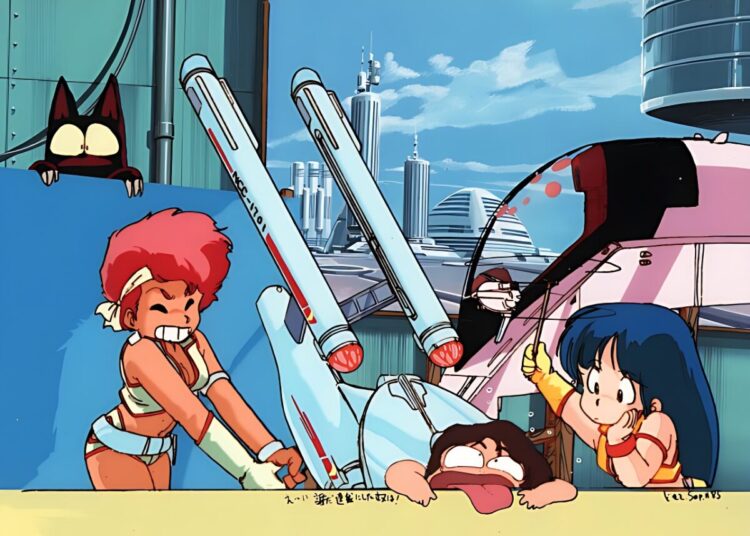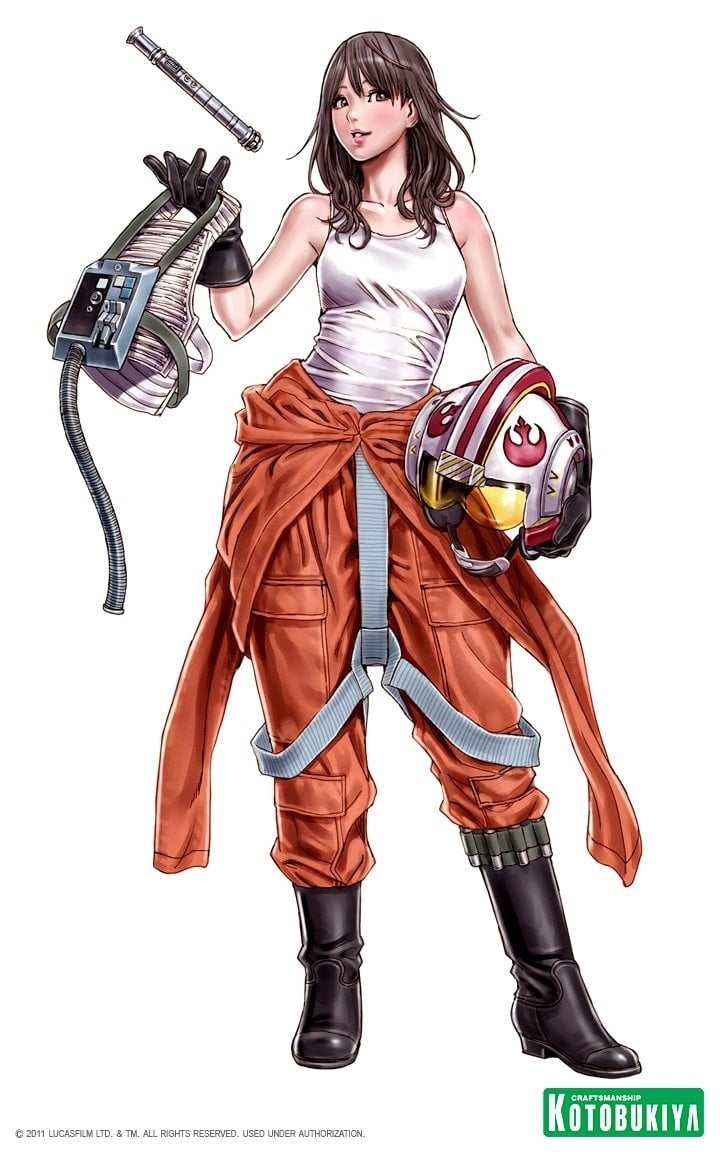Hello again. Another update, and another post for you. Can’t write much now, I’m off to print my damned New Year’s cards. Of course my printer broke when I went to use it, so I was supremely hosed — had to buy a new Canon Pixus just to print all of 17 stupid cards. Perhaps this is a sign of too much technology?
Here are some pictures from Japan. First, there’s OFF!, a store that sells rubber stamps and, since this is Japan, hanko stamps, which are what people carry around to stamp document, which you do in place of signing them. Supposedly, no one thinks of stealing someone’s name stamp and selling their house out from under them. Then, I’ve posted the Nimbus 2000 that Santa brought my 9 year old daughter. She was so happy to see it, even though Santa forgot to put magic in it to make it fly. Kids are so cute on Christmas.
Today’s J-List post is below. You can also read it on the J-List website or the JBOX.com site.
The clock is ticking down to the end of 2004. Today we did our oh-soji (big cleaning), stopping work for a few hours to scrub the J-List office from top to bottom. I even found time to rearrange my Star Wars figures, which had collapsed after the earthquake in Niigata (amid jokes of a “disturbance in the Force”). We’re getting ready for a nice, quiet oshogatsu (oh-SHO-ga-tsu, New Year’s Day) and we wish everyone a happy and safe holiday, wherever you are in the world.
Going to live in a new country can be a stressful experience, the proverbial paradigm shifting without a clutch. Something I was quite surprised at upon coming to Japan was the lack of street names, which made it very difficult to learn my way around in my new city. The Japanese layout, which is supposedly based on the French prefectural system, separates the country into 47 prefectures (ken), which includes the Tokyo metropolitan area, the special prefectural areas of Osaka and Kyoto (fu) and the island of Hokkaido, a system which was created after the Meiji Restoration and the elimination of the old feudal system. Inside each prefecture, there are three kinds of incorporated areas: cities (shi), towns (machi or cho, two readings for the same kanji character) or villages (mura). Inside the large city areas, such as the city we live in, there are small “town” areas designated, so that a person may live in Sakura Town, Takasaki City, Gunma Prefecture, Japan. In lieu of a numeric address on a street, houses are assigned a number for the “town” it’s located in, like 2-19-15. If you think it’s terribly confusing to have a whole country with no named streets or numbered houses, you’re right — it’s virtually impossible to find any location in Japan without a written map or directions using plenty of landmarks. As populations rise and fall in Japan (usually fall, it’s sad to say), areas sometimes merge with each other to create new cities (called gappei), to try to attract investment and tourism. Our prefecture is currently engaged in gappei mania, with several smaller towns combining to form new cities. The towns that J-List’s Tomo and Jun live in are going to disappear next year, joining part of the newly established Midori [Green] City.
Whenever you study a language, one of the first things you generally learn are the “bad” words — that’s just plain human nature. Most students of Japanese are surprised to find that there are almost no really bad words in the language — if you define bad as in, words that kids aren’t allowed to use. Kuso (the “s” word) is used regularly on children’s anime in Japan, and most kids use it normally while playing with nary a rebuke from their parents. Baka (stupid) is the catch-all insult, used in almost any situation (people from the Osaka region say aho instead). Variations on the above two words include baka-jijii (stupid old man) and kuso-babaa (sh–ty old woman). The various applications of the “F” word don’t translate into Japanese at all — the word doesn’t exist in Japanese, although virtually all Japanese know the English word, along with the English word sekkusu. The only really “bad” word in Japanese is manko (referring to a woman’s reproductive organ) — a word as embarrassingly close to “mango” as election and another word are for Japanese speakers of English. As always, exercise caution when using these words so that you don’t offend any Japanese around you. For more information on Japanese terms, see the J-List glossary (link on the left of the main page).
We continue to be shocked at the terrible destruction in Asia after the earthquake and tsunamis, and are very saddened at the loss of life. Thailand’s Phuket island is especially popular with tourists from Japan and Europe, and my wife and I spent an enjoyable honeymoon there ten years ago. Among the thousands of tourists feared dead in the disaster were hundreds of Japanese tourists who had gone to escape the freezing weather in Japan. Our hearts go out to everyone affected by this terrible international tragedy.















